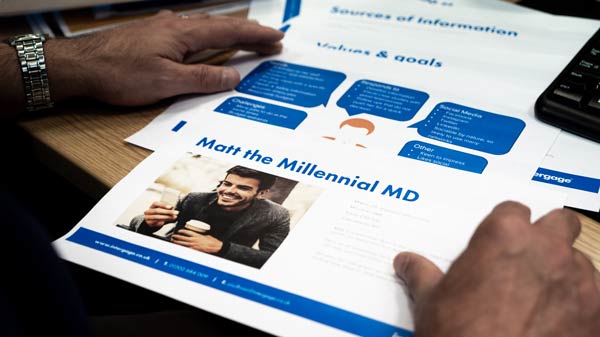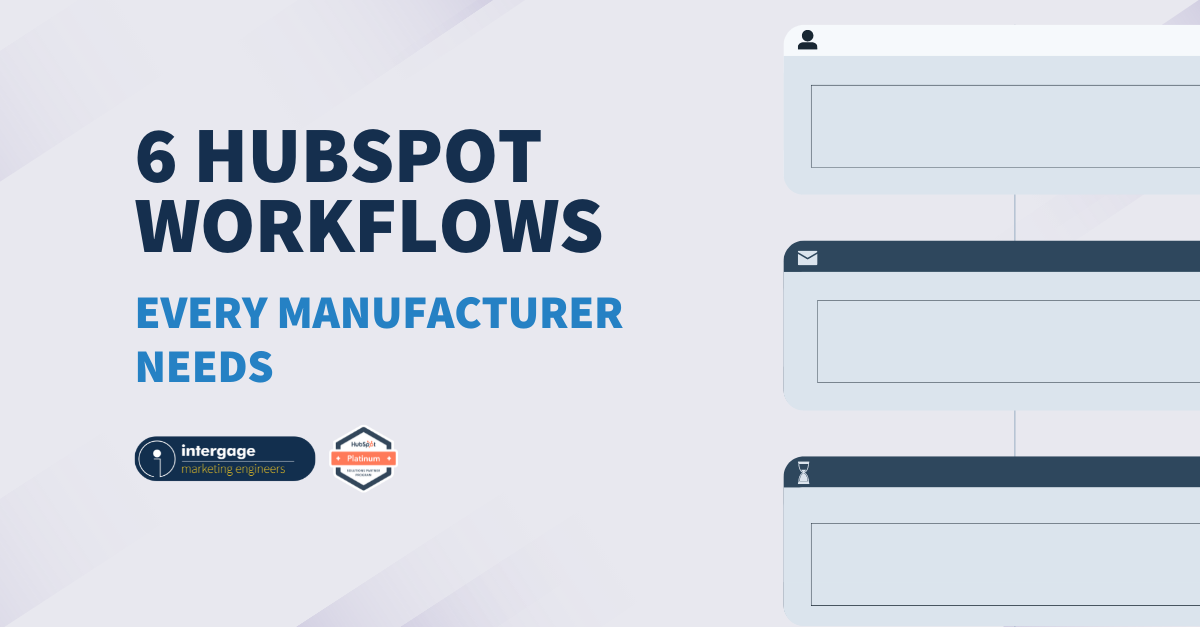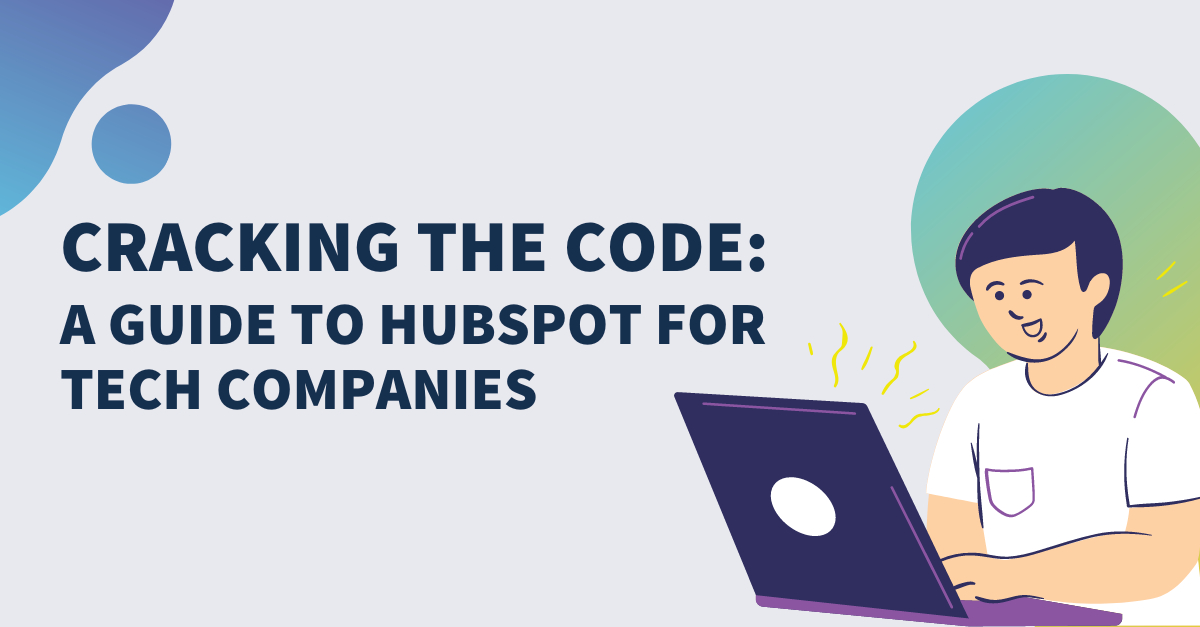Buying a Marketing Retainer: Who Do You Sell To?
When you decide to embark on a marketing retainer, there’s few elements more important than understanding your audience.
You’re probably already familiar with who buys your product. In fact, you might have a few faithful customers that you know inside out. However, when it comes to getting the most out of your marketing, you shouldn’t just think about the kind of customer you currently serve; you should think about the ones you want to attract.
Your current customers are giving you business, sure; but is it the most profitable work you could offer? Does it align with your business’ strengths? Is it the kind of work you want to do more of – Or the kind that you would willingly phase out, given a viable alternative?
Selling the right service, to the right person, in the right company is imperative to the long-term success of your operation.
To do this, you need to define your target audience… But how?
Ideal Customer Profile Vs Total Addressable Market
Understanding your ICP is where you can really make headway into attracting the best-fit customers for you. However, few businesses we speak to have a firm hold on who their ICP is and how they should be addressed.
Often, businesses are focused on the total addressable market or the serviceable addressable market. We’ll discuss those in a little more detail now:
- Total addressable market - The “Total Addressable Market” (TAM) is like imagining the biggest possible group of people who might want to buy your product or service. It’s as if you could sell to everyone in the market without any limits.
- Serviceable addressable market - The serviceable addressable market is the market you can reach and serve with your products or services. It’s the realistic chunk that’s within your grasp, considering things like your abilities, resources and how you plan to sell.
- Ideal customer profile (ICP) - Your Ideal Client Profile is like finding the ‘super fan’ or the ‘golden eggs’ within that group who are the best fit for your business. It helps you know who to target and make your efforts even more effective.
An ICP is a detailed description of the ideal customer for a business, based on factors such as their…
- Industry
- Company size
- Geographic location
… and other relevant characteristics. It is a representation of the type of customer that is the best fit for a business and is most likely to benefit from its products or services.
Focusing on your ICP allows you to work smarter, not harder. It helps you connect with the people who matter most to your business, resulting in more fruitful marketing campaigns, higher customer satisfaction and better business performance. The benefits also extend to:
- Making the most of your marketing budget
- Creating tailored messaging for your prospects
- Higher conversion rates
- Brand loyalty and advocacy
- Improved customer satisfaction
- Better products development
- Competitive advantage
- Better internal alignment and decision making
- Develop brilliant case studies
As you can imagine, having a solid understanding of your ICP is crucial when purchasing a marketing retainer, and any good marketing partner will insist on delving into this before creating any campaigns or content.
So, how do you define your company’s ICP?
Here’s some steps to get you started…
- Analyse existing customers. Look at your existing customer base and identify the relationships that have been the most successful for your business. This could be based on factors such as revenue, repeat business, or long-term value.
- Identify common characteristics. Are there commonalities among your most successful customers? Are there patterns in regard to industry, company size, geographic location or other relevant factors?
- Conduct research. Research can validate your findings, as well as identify additional characteristics of your ideal customer. This can include market research, competitor analysis, and customer surveys.
- Speak to your existing customers. Why do they choose to work with you? Do they agree that the relationship works well, and – if so – why is it beneficial to them?
- Develop a detailed profile. Based on your research, create a detailed profile of your ideal customer. This could include their pain points, goals, purchasing behaviour, preferred communication channels and any other factors that you uncover.
- Continuously refine your ICP. As your business evolves and your customer base changes, it's important to regularly re-visit your ICP to ensure it remains relevant and effective.
By defining your company's ICP, you can ensure that your marketing efforts are targeted towards the customers that are most likely to benefit from your product or service, and that your marketing retainer is structured to meet the specific needs of your ideal customer.
Customer Personas
Personas are key to the prosperity of your marketing retainer (and any marketing effort in general). Without them, you can’t create a campaign that’s targeted… and if a campaign isn’t targeted, you’re just shouting a marketing message into the abyss.
What is a customer persona?
A customer persona is a fictional representation of a specific segment of a business's target audience. It’s created by analysing real customer data and insights, such as demographics, behaviours, interests, and pain points.
Personas typically include information such as the customer's age, gender, occupation, income, family status, hobbies, and more. The purpose of creating a customer persona is to humanise the target audience and provide a better understanding of their needs, desires, and motivations.
When armed with this information, your business is empowered to…
- Create targeted marketing messages that resonate with your audience
- Develop products and services that meet specific customer needs
- Identify opportunities for reaching new customers
- Refine pricing strategies
- Improve customer service
… and more.
In short, customer personas are a powerful tool for businesses looking to connect with their target audience in a more meaningful way, and to create marketing strategies that are more effective and personalised.
Not sure how to get started? Here’s some steps to help you to create the perfect customer persona…
- Conduct market research. Collect insights about your target audience by using data-gathering methods such as surveys, interviews and focus groups – as well as analysing existing customer data to understand demographics, behaviours, interests, and pain points.
- Identify common characteristics. Use your data to look for commonalities among your target audience. These could include age, gender, location, job title, income, and more.
- Create detailed profiles. Once you have identified common characteristics, combine this with the insights gathered from market research to create detailed profiles for each persona. This should include their goals, challenges, preferred communication channels, and how they make purchasing decisions.
- Give each persona a name and backstory. This helps to humanise the persona and make them more relatable to your marketing and sales teams – so, in turn, they can utilise them naturally.
- Prioritise personas. Based on their potential value to your business, rank your customer personas to help you determine which to focus on - and which marketing services will be most effective in reaching and engaging them.
- Continuously update and refine. As your business evolves and your target audience changes, it's important to continuously update and refine your customer personas to ensure they remain relevant and effective.
By following these steps, your business can create customer personas that help to inform and guide your marketing and sales strategies - leading to more effective targeting, engagement, and conversion of the target audience.
Furthermore, this information is critical when buying a marketing retainer.
By understanding the specific characteristics, needs, and preferences of your target audience, your business can communicate this information to your marketing agency of choice - and thus ensure that the marketing efforts are tailored to reach and engage this specific audience. This will help to improve the effectiveness of the marketing retainer and gain essential ROI.
All the while, personas can help to ensure that the marketing retainer is structured in a way that aligns with the business's specific marketing needs. For example, if the personas require a more personalised approach to marketing, the retainer can be built to include services such as account-based marketing or personalised email campaigns.
The bottom line is this: Personas ensure your marketing efforts are targeted, which is the key to any successful marketing campaign.
But are personas a panacea? Of course not. A marketing retainer will need the insight of buyer personas to achieve results, but they aren’t a cure-all. No single element of marketing strategy can make that claim.
Personas are most productive when they’re bolstered by complimentary targeting methods. One that is all-too-often overlooked is your Customer Profile (ICP).
So, let’s dig into this next…
How do personas and ICP help to solve a customer's problems? Why is this relevant to buying a marketing retainer?
When it comes to building trust and credibility with a customer, it’s essential to show that you understand their problems. All products address a need of some kind (why else would a customer part with their money?), and the more intuitive a solution you offer, the more likely the customer is to choose you.
Personas and ICP can help to ensure that your marketing retainer is structured to address the specific needs of the target audience. For example, if the customer's pain points include a lack of knowledge about the product or service, the marketing retainer might include educational content, or a customer support service that addresses their questions and concerns.
Moreover, understanding the customer's problems can help you to differentiate yourself from competitors and to develop unique selling propositions that really resonate. By identifying the customer's pain points and addressing them effectively through marketing and sales efforts, you can establish yourself as a trusted solution provider.
After all - When it comes to partnering with a business, wouldn’t we all rather work with somebody who truly understands us?
How do you use ICP and personas to find your customer's buying committee?
A buying committee is a group of people within an organisation who are involved in the decision-making process for purchasing a product or service.
By understanding the specific characteristics and job roles within the buying committee, you can tailor your marketing and sales efforts to address their specific needs and preferences. For example, if the buying committee includes individuals from different departments - such as finance, IT, and operations - the marketing and sales efforts can be adjusted to address the unique pain points and challenges of each department.
Furthermore, understanding the members of the buying committee can also help you to develop a more effective account-based marketing (ABM) strategy. This is a personalised approach to marketing that focuses on building relationships with specific accounts or customers.
So, how do you use your ICP and personas to define a buying committee?
Here’s our tips…
- Map Persona Roles to the Buying Process. First of all, you need to identify the different stages of your customers' buying journey - such as problem recognition, research, evaluation, and decision-making. Next, you should pair the persona roles to these stages. In doing so, you can determine which personas are typically involved in each stage, as well as what their specific roles and responsibilities are during the buying process.
- Conduct Research and Interviews. Gather data through market research, customer interviews, or surveys to validate your assumptions about the buying committee. Engage with existing customers, prospects, or industry experts to gain insights into the actual individuals involved in the decision-making process. This primary research can help refine your understanding of the personas, as well as buying committee dynamics.
- Analyse the Data and Identify Patterns. By examining the collected data, you’ll soon identify common patterns and trends. Look for recurring roles, titles, or departments that participate in the decision-making process. You might discover that specific personas consistently engage at certain stages or that different personas have different levels of influence or veto power.
- Create a Buying Committee Matrix. Once you have identified the roles and individuals involved in the buying committee, create a matrix that maps the personas against the different stages of the buying process. This matrix provides a visual representation of the committee's composition and helps you understand the interactions between personas at each stage.
By leveraging ICP and personas, you can effectively identify and understand the buying committee within your target customers. This knowledge enables you to tailor your marketing, messaging, and sales approach to address the needs and concerns of each stakeholder involved, increasing your chances of success.
What jobs do a buying committee need to do, in order to buy what you sell?
As previously discussed, a buying committee is a group of individuals within an organisation who are involved in the decision-making process for purchasing a product or service. The specific jobs or roles that a buying committee may include can vary depending on the business, but typically, they may include:
- Decision-makers. These are the individuals who have the final say in the purchasing choice and are responsible for signing it off.
- These are people who provide input and recommendations to the decision-makers and may have significant sway in the decision-making process.
- Users will typically be leveraging the product or service and may have specific requirements or preferences that need to be considered.
- Gatekeepers/Blockers. These individuals will often control access to the decision-makers. They may need to be persuaded in order to gain access to the buyer you need to speak to.
By understanding the specific needs, pain points, and preferences of each individual on the buying committee, you can tailor your marketing and sales efforts to effectively address their concerns and persuade them to make the purchase. This can help to improve the effectiveness of your marketing retainer and increase the chances of success in reaching your business's marketing goals.
Do you need to define your customer personas and ICP before you buy a marketing retainer?
Defining your customer personas and Ideal Customer Profile (ICP) before embarking on a marketing retainer is highly recommended. Doing so can help ensure that the efforts provided by the agency are tailored to your specific target audience, which can increase the effectiveness of the relationship and improve your return on investment.
By having a clear understanding of your customer personas and ICP, you can communicate your target audience and specific marketing goals to your agency, which will help them to develop a tailored marketing strategy that effectively addresses the needs, pain points, and preferences of your target audience.
Moreover, defining your customer personas and ICP can help you to evaluate the effectiveness of the marketing retainer over time. By tracking key performance indicators (KPIs) such as engagement rates, conversion rates, and customer acquisition costs, you can assess the effectiveness of the retainer and adjust as needed.
Of course, accurately defining your ICP and personas takes time.
So, why not ask an agency to help? They can make sure your ICP and personas are accurate, useful and ready to apply to your marketing strategy, without saddling your in-house teams with extra responsibility alongside their existing workload.
It’s the ideal way to set up your marketing retainer for success, while taking advantage of all the expertise and support that the right agency can bring.






